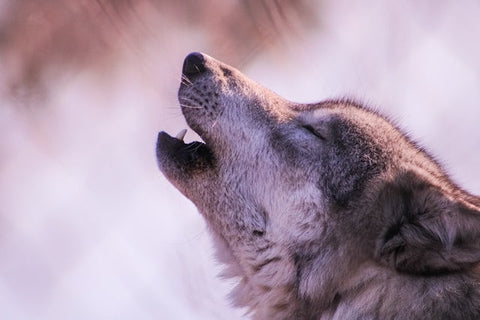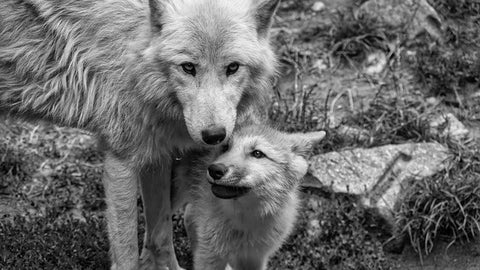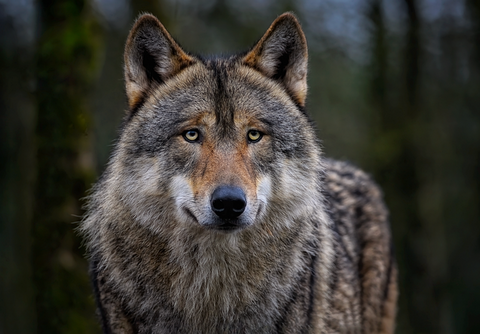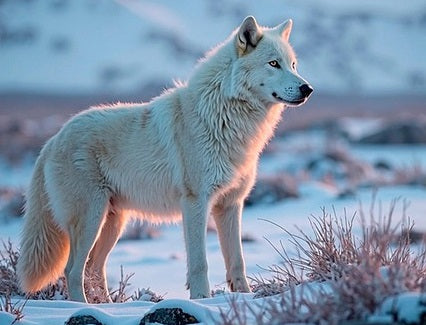
Siberian Wolf Head: A Fascinating Discovery
of reading - words
A 32,000-year- old wolf's head was discovered on the banks of a river in eastern Siberia (Yakutia), according to a statement from the local Academy of Sciences published in June 2019. It resembles a woolly mammoth with a head covered in thick fur.
Although little remains of this animal, its skull has survived through the years, with perfectly intact fur and teeth, because it was preserved in the permafrost.
Scientists greatly appreciate this miracle, which will facilitate the work of uncovering the secrets of the biology of this unique species.
Siberia's permafrost: a breeding ground for precious remains
With the increasing global warming, the melting of the frozen soil (or permafrost) of Siberia is bringing to light precious ancient remains, such as this prestigious wolf's head.
Permafrost is a layer of ice (sediment, earth, or rock) that remains frozen for a long period, sometimes exceeding two years. This geological layer is found particularly in ancient regions. It served as a good refrigerator to keep the old wolf's head in good condition for several years.
According to a news report published by the Siberian Times in summer 2018, the head of this ancient wolf was discovered by Russian Pavel Efimov while walking along the banks of the Tirekhtyakh River in Yakutia (north of the Sakha Republic ). He took it to the relevant researchers for study. This impressive discovery provided a rough glimpse of what the Siberian wolf looked like more than 30,000 years ago.

Characteristics of the Siberian wolf head
The DNA of this ancient canid was analyzed in partnership with Swedish researchers from the Natural History Museum, with the aim of studying the interior of the skull and analyzing the origin and evolution of the predators of this extinct species.
This marvelous discovery was exhibited at the National Museum of Emerging Science and Innovation in Tokyo, as part of the opening of a demonstration featuring Ice Age megafauna and the woolly mammoth, among other prehistoric creatures that traversed the frozen ground of Siberia.
This exhibition was compiled by Russian and Japanese paleontologists, who concluded the following:
- The head corresponds to an adult wolf (Canis dirus), aged between 2 and 4 years when it died.
- The head is 40 centimeters long. This size indicates that the wolf's build was gigantic, since it is approximately 25% larger than that of modern wolves. Individuals measure between 100 and 160 centimeters, from head to tail. Therefore, it is very likely that this animal reached 2 meters in size.
- The fur of this animal resembles that of a mammoth.
- The wolf's head corresponds to the Pleistocene geological epoch (equivalent to 2.58 million to 11,700 years before our era).

Ancient skull: a first for scientists
Paleontologists consider this discovery to be a first for ancient wolf finds in Siberia, due to the perfectly preserved state of the fangs, muscles, ears, tongue, and especially the brain. Only the eyes were missing.
Albert Protopopov of the Academy of Sciences of the Sakha Republic said the unique discovery of this ancient skull is fascinating. It is very rare to find such a huge wolf head, incredibly well preserved.
This millennia-old skull bridges the gap between the extinct Pleistocene wolf and modern-day wolves. It provides researchers with an ideal opportunity to further sequence this genome and discover the original breed of modern Siberian wolves that replaced this prehistoric wolf.
Japanese and Russian scientists are using this relic to compare the characteristics of this ancient animal with those of modern-day wolves, with the aim of reconstructing its anatomy, biology, lifestyle, and physical structure. This skull is also very useful in explaining the reasons for the disappearance of this iconic Siberian wolf.
🐺 Conclusion 🐺
The ancient wolf head discovered in Russia, perfectly preserved thanks to the region's ice cover, represents an exceptional discovery for paleontologists interested in the history of this ancestor of canids. It is the first complete remains of a Pleistocene wolf.






